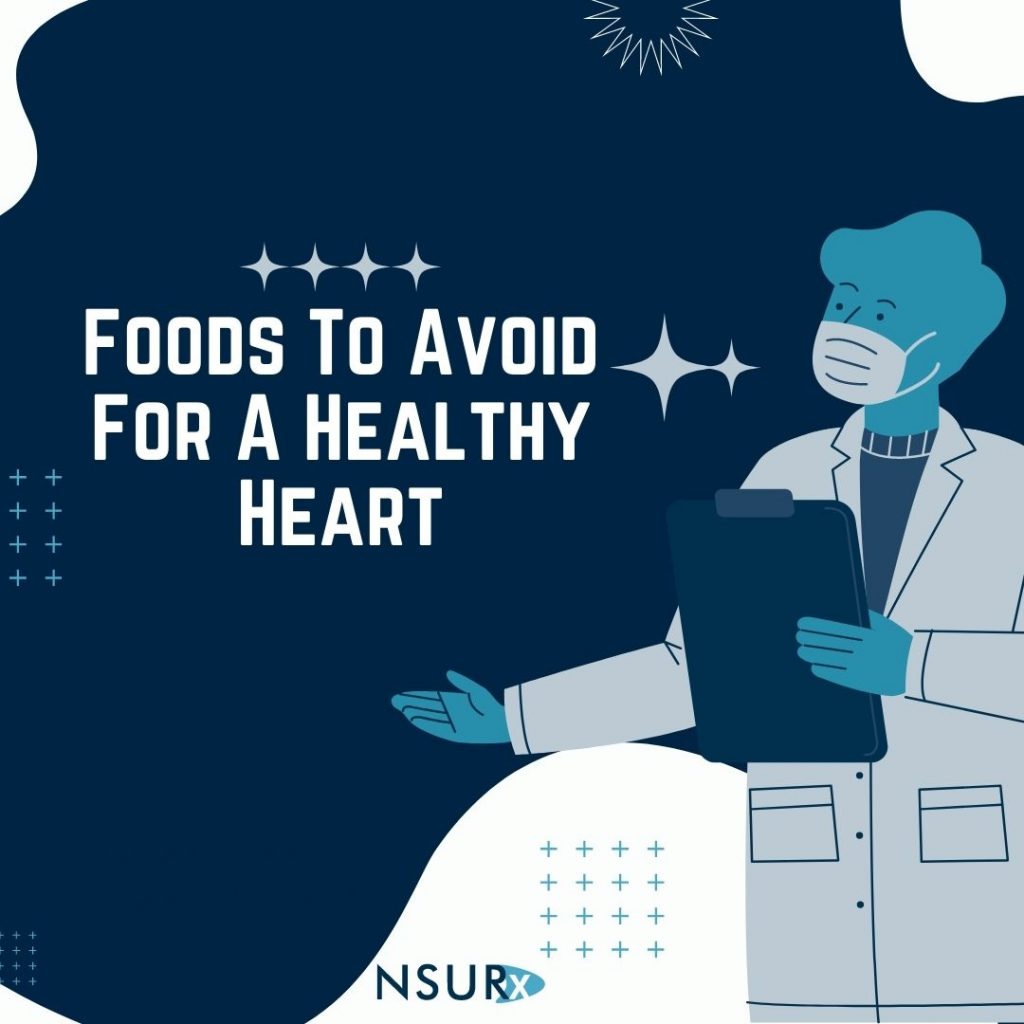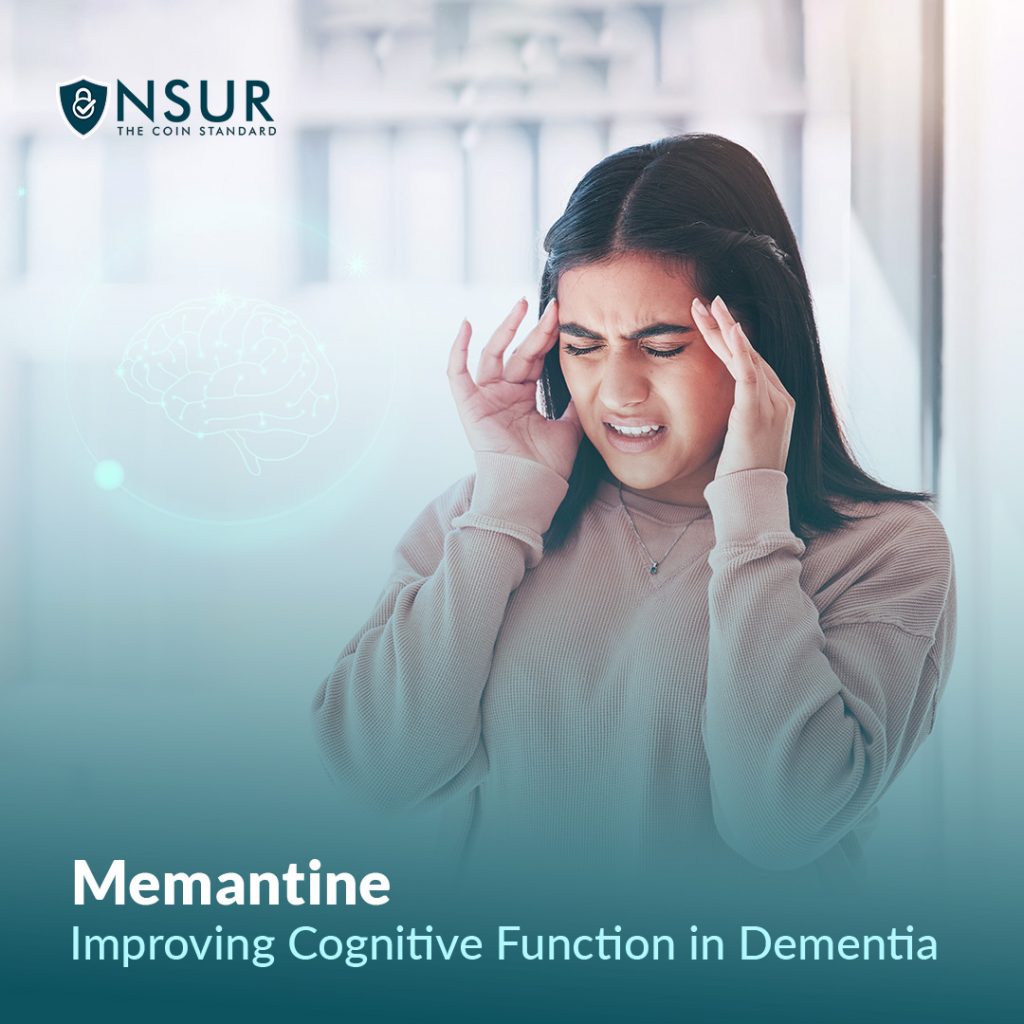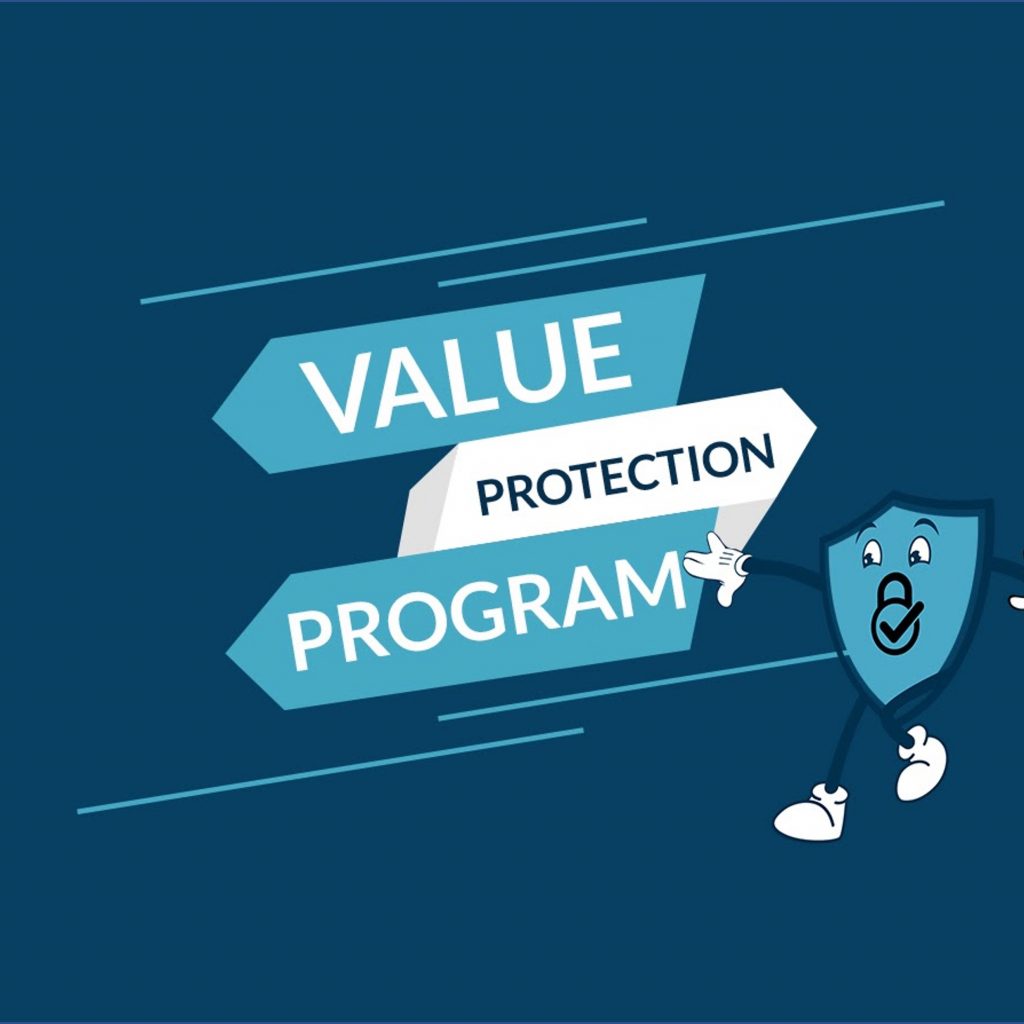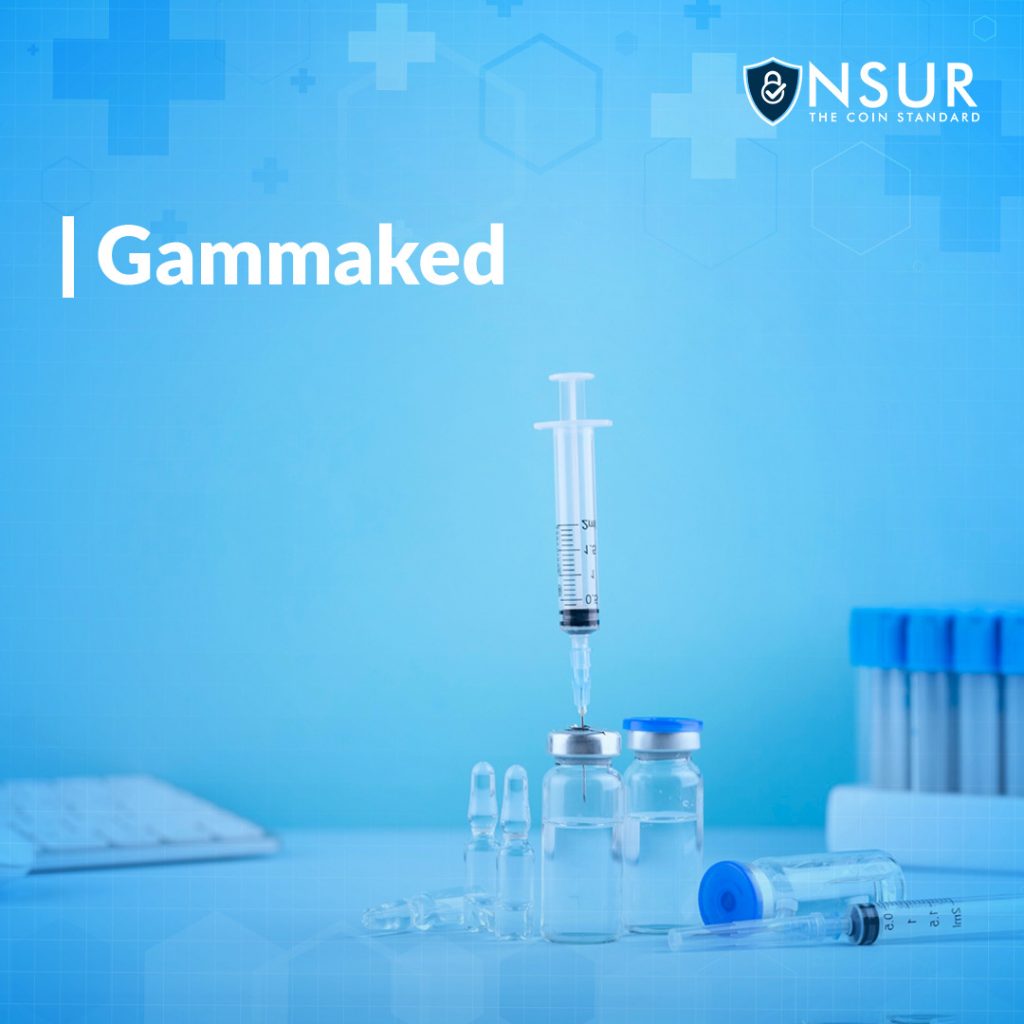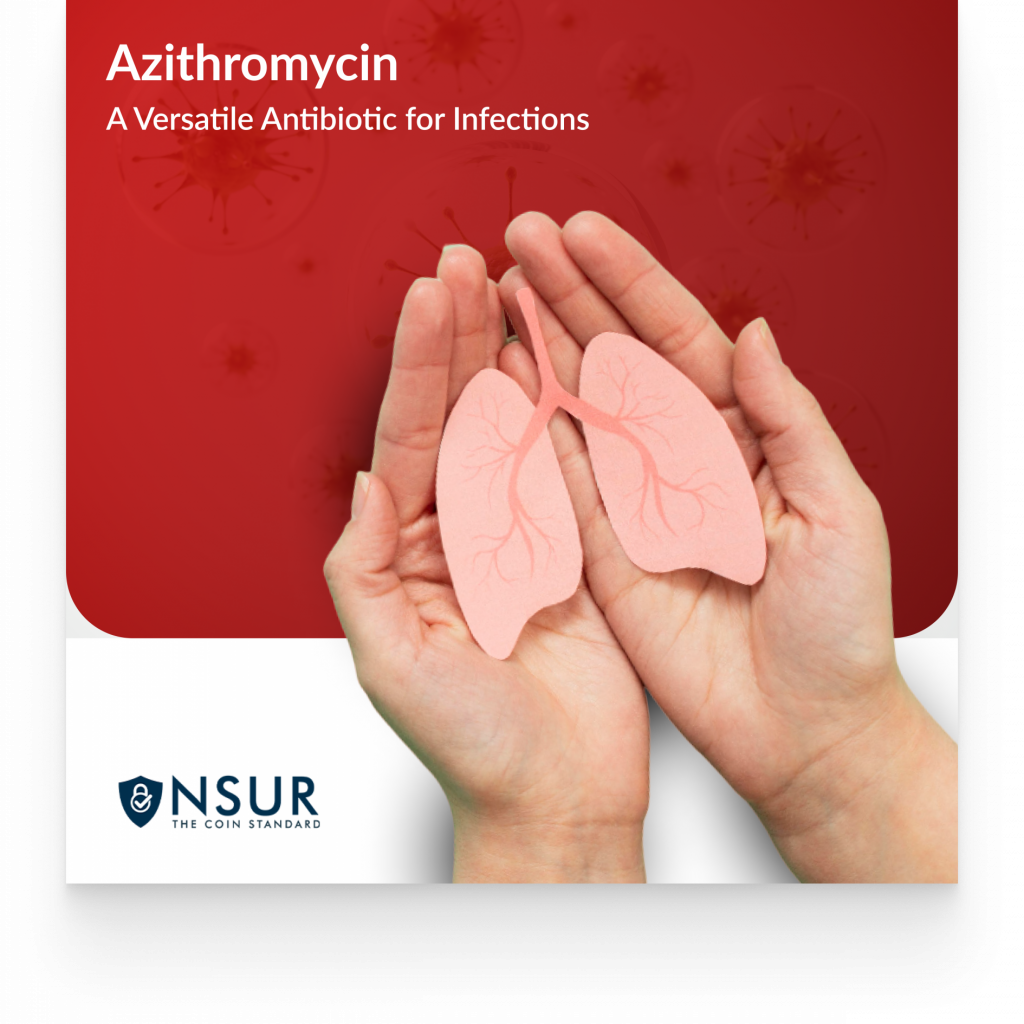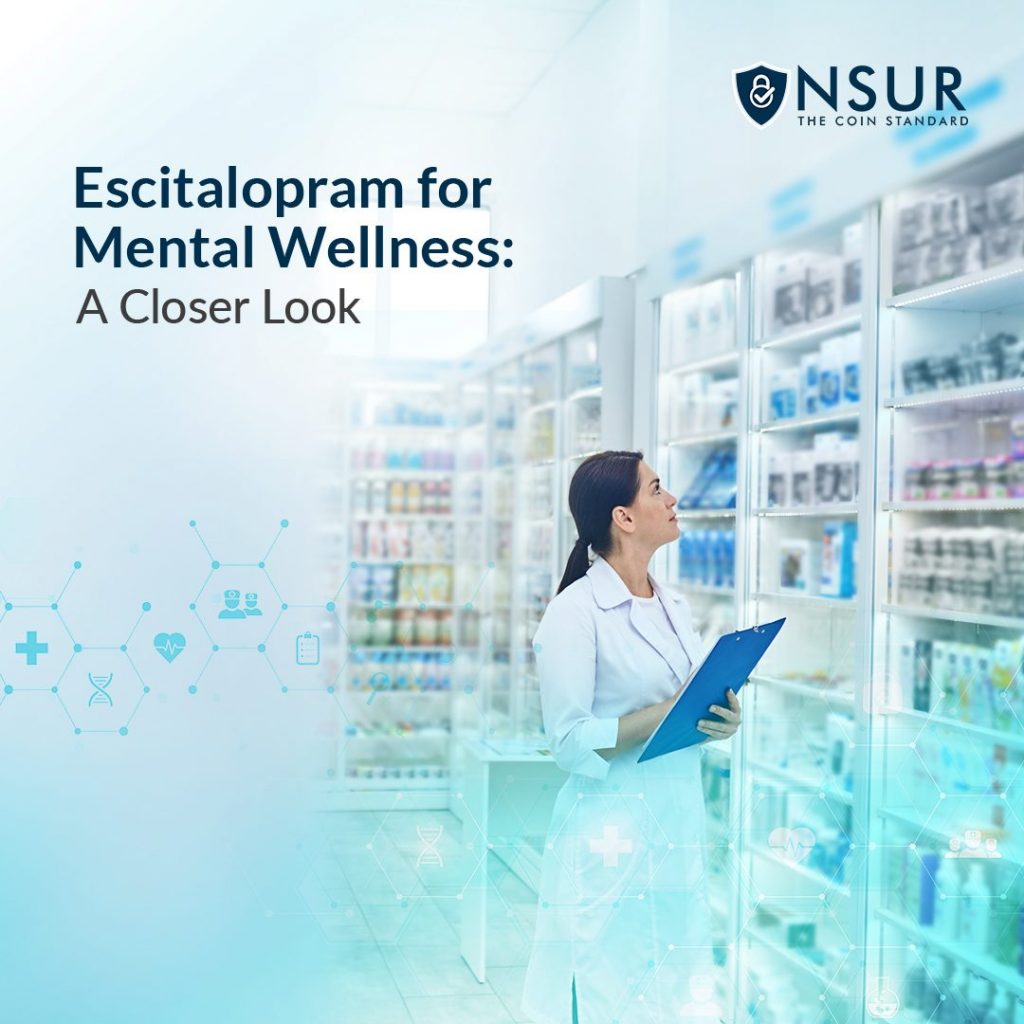
Mental wellness is a crucial aspect of overall health. It involves how we feel, think, act, and interact with the world around us. Mental health disorders can disrupt these patterns and lead to distress and impaired functioning. One such prevalent condition is depression, a complex and serious mood disorder.
In the therapeutic landscape of mental health, a particular medication, Escitalopram, often stands out. Known as a Selective Serotonin Reuptake Inhibitor (SSRI), Escitalopram has transformed the lives of millions suffering from depression and anxiety disorders.
This post will delve into the intricacies of Escitalopram, exploring its uses, how it works, potential side effects, and the latest research. The goal is to shed light on this potent tool in our mental wellness toolkit.
Escitalopram: A Brief Overview
Escitalopram, sold under brand names like Lexapro, is an antidepressant medication primarily used to treat major depressive disorder and generalized anxiety disorder. It belongs to the class of drugs known as SSRIs, which work by increasing the amount of serotonin, a neurotransmitter associated with mood regulation, in the brain.
How Does Escitalopram Work?
The brain consists of numerous nerve cells that communicate with each other through chemicals called neurotransmitters. One such neurotransmitter is serotonin, often referred to as the ‘feel-good hormone.’ It helps regulate mood, appetite, sleep, and overall feelings of well-being.
Depression and some anxiety disorders are often linked to low levels of serotonin. This is where Escitalopram steps in. It blocks the reuptake (reabsorption) of serotonin into the nerve cells, thus increasing the availability of serotonin in the brain. This mechanism can help improve mood, reduce anxiety, and promote mental wellness.
Usage and Dosage
Prescribed by a healthcare professional, the dosage of Escitalopram is individualized based on the severity of the condition, patient’s age, response to treatment, and other medical conditions. It’s important to remember that Escitalopram is not a quick fix – it may take a few weeks to experience the full benefits of the medication.
Escitalopram is usually taken once a day, with or without food. The tablet or liquid form should be consumed as directed by your healthcare provider. Consistency is key, so taking it at the same time each day can be beneficial.
Possible Side Effects
Like all medicines, Escitalopram can cause side effects, although not everyone gets them. Some common side effects include nausea, insomnia, fatigue, dry mouth, and increased sweating. These are typically mild and often improve over time as your body adjusts to the medication.
However, some side effects may need immediate attention. Unusual changes in behavior, suicidal thoughts, serotonin syndrome (characterized by agitation, hallucinations, rapid heartbeat), or unusual bleeding or bruising should be reported to a healthcare professional immediately.
Escitalopram and Other Medications
Interaction with certain drugs can influence how Escitalopram works or increase the risk of side effects. Therefore, patients should disclose their entire medication regimen, including prescription drugs, over-the-counter medicines, herbal products, and dietary supplements to their healthcare providers.
Escitalopram: The Research Perspective
Extensive research has validated the efficacy of Escitalopram in treating depression and generalized anxiety disorder. A meta-analysis of 12 randomized controlled trials showed that Escitalopram had a superior efficacy and acceptability profile compared to other antidepressants.
However, every coin has two sides, and the same holds for Escitalopram. While it shows promising results, some studies have pointed out the risk of potential side effects like weight gain, sexual dysfunction, and withdrawal symptoms. Yet, these potential downsides are generally outweighed by the therapeutic benefits in individuals dealing with significant mental health disorders.
Take advantage of NSURx for your prescription drugs!
With the NSURx Prescription Benefit Card, you can save money on your medications at more than 35,000 pharmacies across the United States.
You can save up to 80% on your medication by using an NSURx card. Hundreds of dollars in savings could be yours every time you fill out your prescription.
The more you shop with NSURx, the more NSUR Coins you will receive as a reward.
To Conclude
Escitalopram is a powerful medication that has revolutionized the treatment of depression and generalized anxiety disorder. It works by regulating the serotonin levels in our brains, thus helping to elevate mood and alleviate feelings of anxiety.
While it can have side effects, their occurrence varies between individuals. For many, the potential benefits in terms of enhanced mental wellness significantly outweigh these risks. However, the decision to use Escitalopram should always be guided by a healthcare provider, based on a comprehensive evaluation of the individual’s clinical condition and personal needs.
Escitalopram underscores the significant strides we have made in mental health treatment. However, it also underscores the importance of personalization in mental healthcare. We are all unique, and what works for one person may not work for another. Therefore, a compassionate, personalized, evidence-based approach is crucial in mental health management.
Mental health, like physical health, demands our attention and care. Whether through medication like Escitalopram or other forms of therapy, achieving mental wellness is a journey. And on this journey, understanding our tools, such as Escitalopram, brings us a step closer to our destination: a healthier, happier mind.
Remember, if you or someone you know is struggling with mental health issues, there’s help available. Reach out to a mental health professional. You don’t have to face it alone.
Disclaimer
This blog post is intended for informational purposes only and should not be considered a substitute for professional medical advice. Always consult with a qualified healthcare provider for personalized recommendations and guidance.







